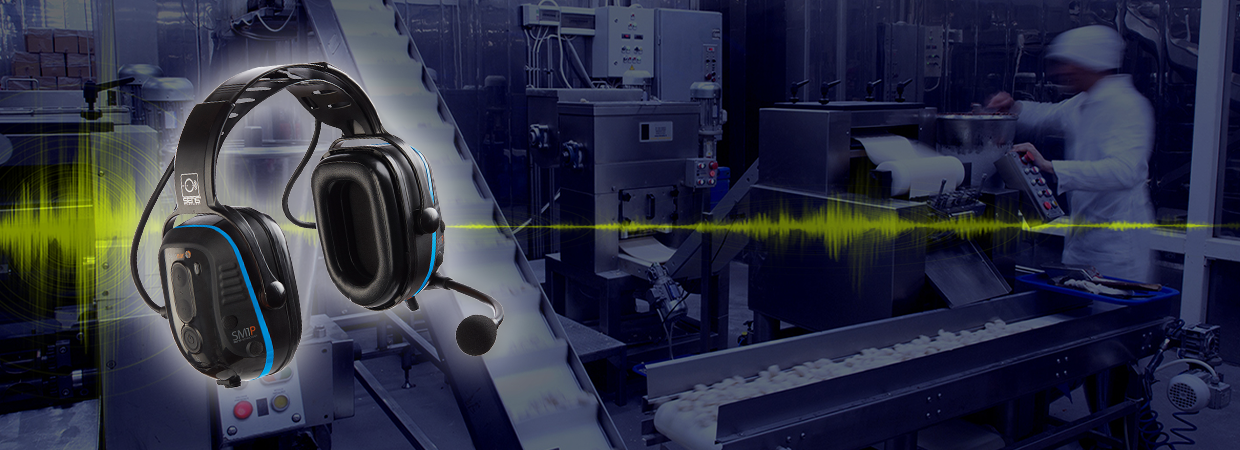- Home
- Blog
- Hearing Protection
- The Acoustic Headset: A Noise Exposure Solution

In today’s fast-paced society, the average worker’s everyday environment is becoming louder and louder. As more advanced forms of technology are incorporated into the tools used by employees on the job, noise has become a serious concern to health officials. Hand sorting a conveyor belt of food products is a thing of the past; in the present day, loud machinery creates quite a racket in plants around the world as tasks are accomplished at a speed many times that of the human hand.
New Concerns
Louder work environments have contributed to a host of new work environment concerns, especially involving the acoustics of headsets used in the workplace. Like many business owners, managers, and employees know, occupational noise exposure has been a much-discussed topic among health officials. The buzz about occupational noise exposure is not frivolous or excessive; unhealthy levels of occupational noise exposure can seriously injure or impair employees. The effects of loud occupational noise exposure on an unprotected or inadequately equipped employee are varied:
- Hearing damage or impairment. Overly loud levels of noise may cause individuals to become hard of hearing.
- Complete hearing loss. Total deafness can result from unhealthy noise levels.
- Increased vulnerability to on-the-job injuries. When employees are unable to hear or communicate efficiently with their colleagues, they may find it difficult or impossible to hear alarms, beeps, or clicks signaling a machinery hazard. Employees have been injured, crippled, or worse because of their inability to hear “warnings” while on the job.
- Psychological trauma. Most people are unaware that exposure to unhealthy noise levels over a period of longevity may cause psychological illnesses and mood shifts. Employees exposed to loud noise constantly may experience irritability, anger, depression, and difficulty concentrating. This is an obvious health concern for employees and a potential stumbling block to productivity in the workplace.
A New Solution: Acoustics
Most people have heard the word acoustics in relation to topics such as music. However, many are unaware of the role acoustics play in well-developed headset equipment. The term acoustics, when used in this context, refers to the properties that determine sound transmission from headset to headset in the most efficient way possible. In short, when communication specialists refer to acoustics, they are referring to how well a system transfers sound in its given environment.
Why Are Acoustics Important?
Acoustics are important because acoustics deal primarily with the properties of sound. As mentioned before, there are many new concerns within the workplace concerning communication within loud environments. A well-designed headset that properly incorporates acoustics may eliminate a majority of these concerns. Hearing damage or deafness becomes a problem of the past with noise-canceling acoustic seals. On-the-job injuries are reduced dramatically because employees are able to communicate clearly and efficiently with each other, enabling a new level of awareness. The traumas associated with unhealthy levels of noise exposure quickly become nonexistent when a good acoustic headset is introduced in the workplace. Research indicates that workers who use quality acoustic headsets have a better attitude while working and demonstrate a boost in productivity.
It is easy to see why acoustics are so important since they play such a huge role in the creation of this industry-leading on-the-job communication equipment. At Sensear, optimal acoustics are a priority. Business owners and plant managers who are serious about protecting employees in the workplace and increasing workplace productivity should investigate the importance of acoustics when it comes to communication gear.







